Auto e Moto d'Epoca: Bologna & Italy’s Biggest Historic Vehicle Show
Images: Gautam Sen
For the best part of the last four decades the centre of the historic vehicle world in Italy was Padua, where the annual Auto e Moto d'Epoca brought together auto enthusiasts from the four corners of the globe for four days of ogling, buying, selling, and celebrating classic and vintage cars and bikes.
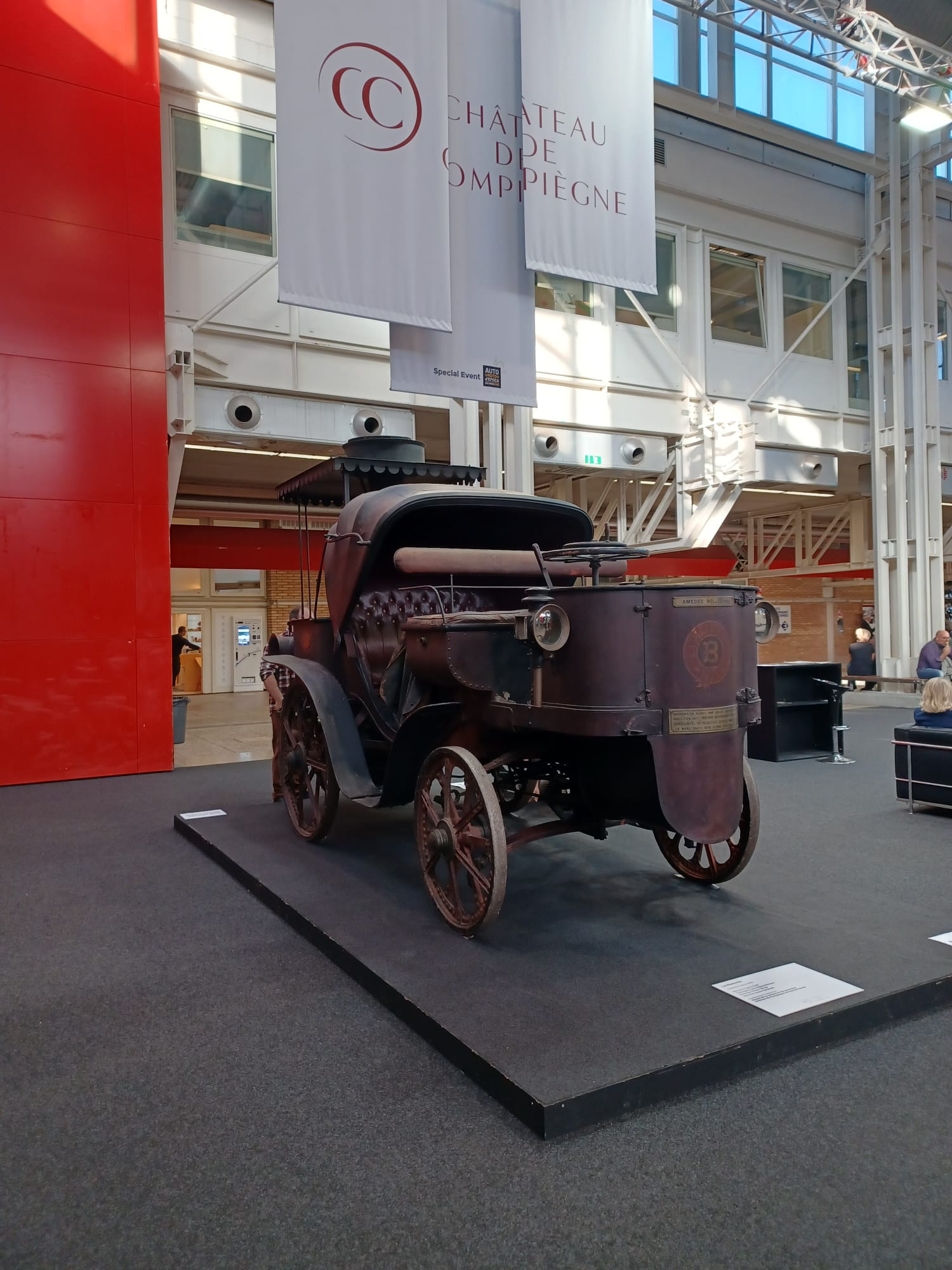
Even if the show was cute and charming, Padua had its limitations in terms of space and scope. Therefore, the decision was taken to shift the legendary Auto e Moto d'Epoca to Bologna, where the city’s exhibition grounds had the capacity to take in a much larger show, and the city had the capability to provide rooms for the thousands pouring in.

Thus, it came to pass, that the 40th Auto e Moto d'Epoca took place in Bologna from the 26th to the 29th of October last and saw the participation of as many as 14 automotive brands—including the likes of Alpine, Alfa Romeo, Bentley, Fiat, Lamborghini, McLaren, Mercedes-Benz, Toyota, and Volvo—and over 7,000 historic vehicles.
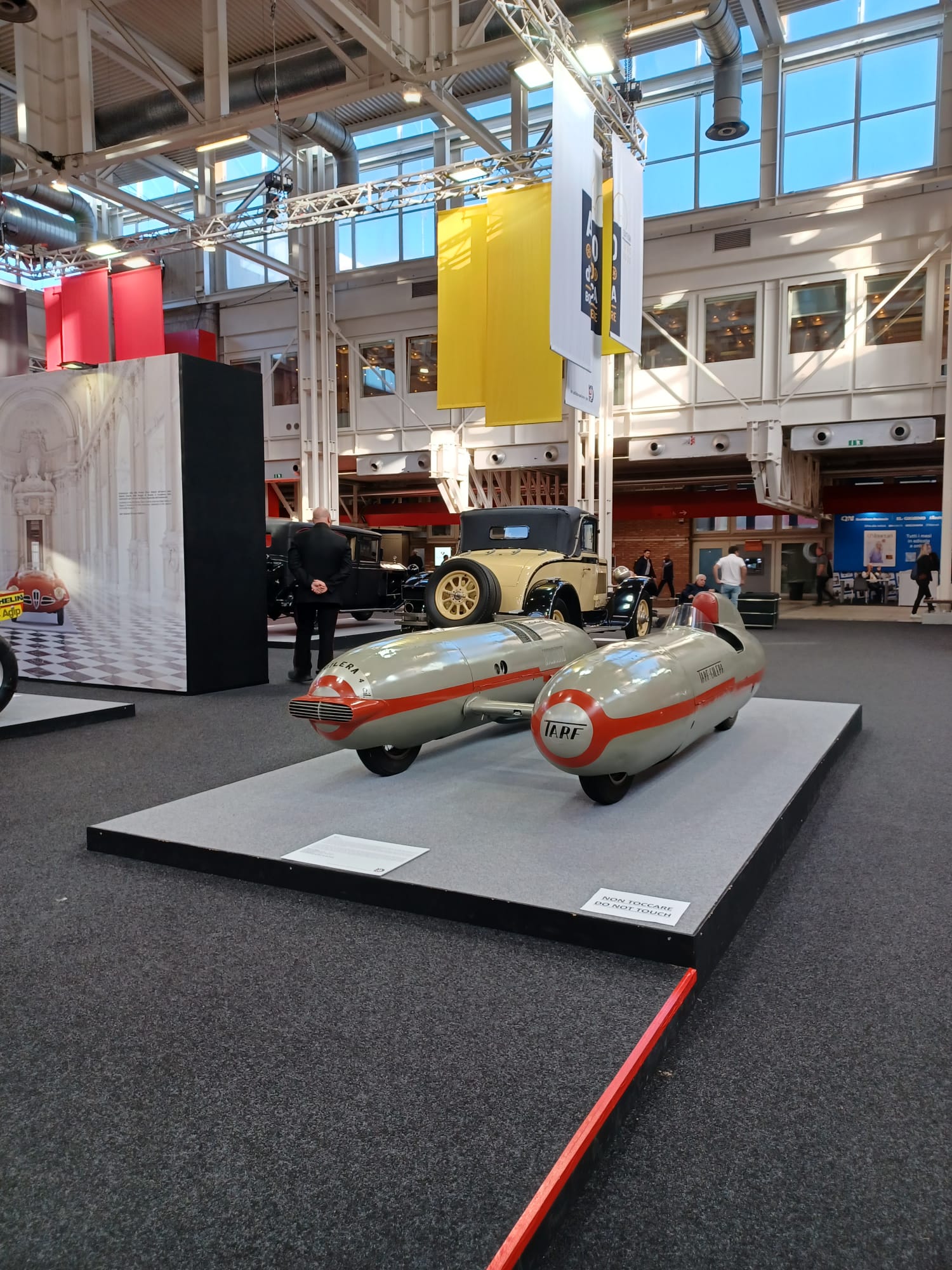

The event, held across 13 pavilions over a vast area of 235,000 square metres, was visited by more than 130,000 enthusiasts and even if the show didn’t quite have the charm of Padua, it was a grand success.
Of course, the problem of such a huge show is that it can get a bit boring after you have seen your thousandth Porsche 911, but then look carefully and you get to see several rare gems which makes a visit to such a show worthwhile.

So, which were the gems that caught my eye? The most interesting was the hall where several very special automobiles from the leading European museums—Musée Schlumpf at Mulhouse, MAUTO, the Italian national museum in Turin, Louwman Museum at The Hague, and the Musée National de la Voiture at the Chateau de Compiegne, near Paris, amongst others—were on display.
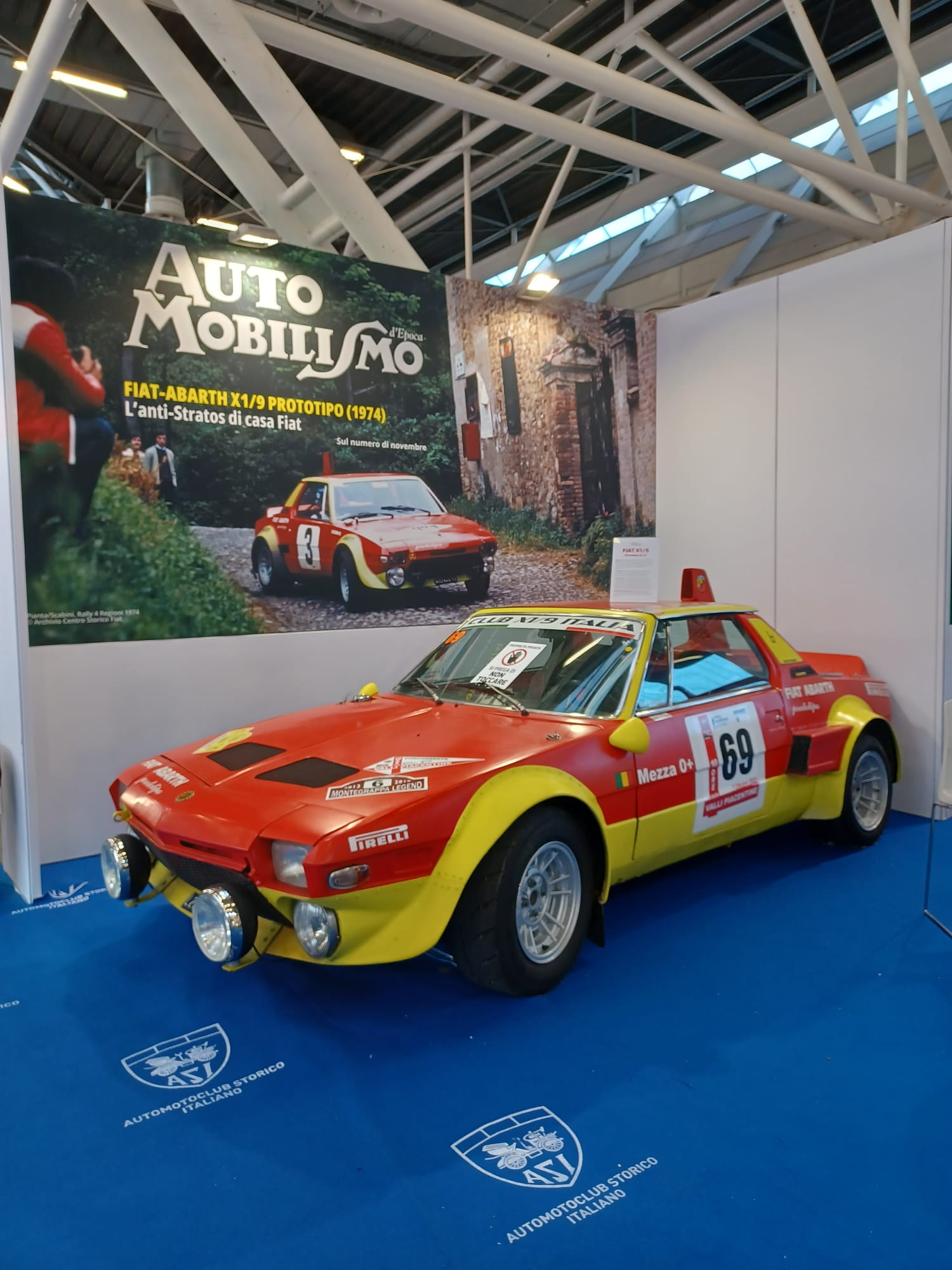
The most noteworthy of the cars on display was the famous La Mancelle, from 1878, one of the oldest working automobiles in the world. Made by Frenchman Amédée Bollée, the steam-powered La Mancelle could be considered the first series production automobile, as some 50-odd were made. The one that was on display—in a beautifully preserved state—belongs to the oldest automobile museum in the world, the Musée National de la Voiture, housed in the Chateau de Compiegne.
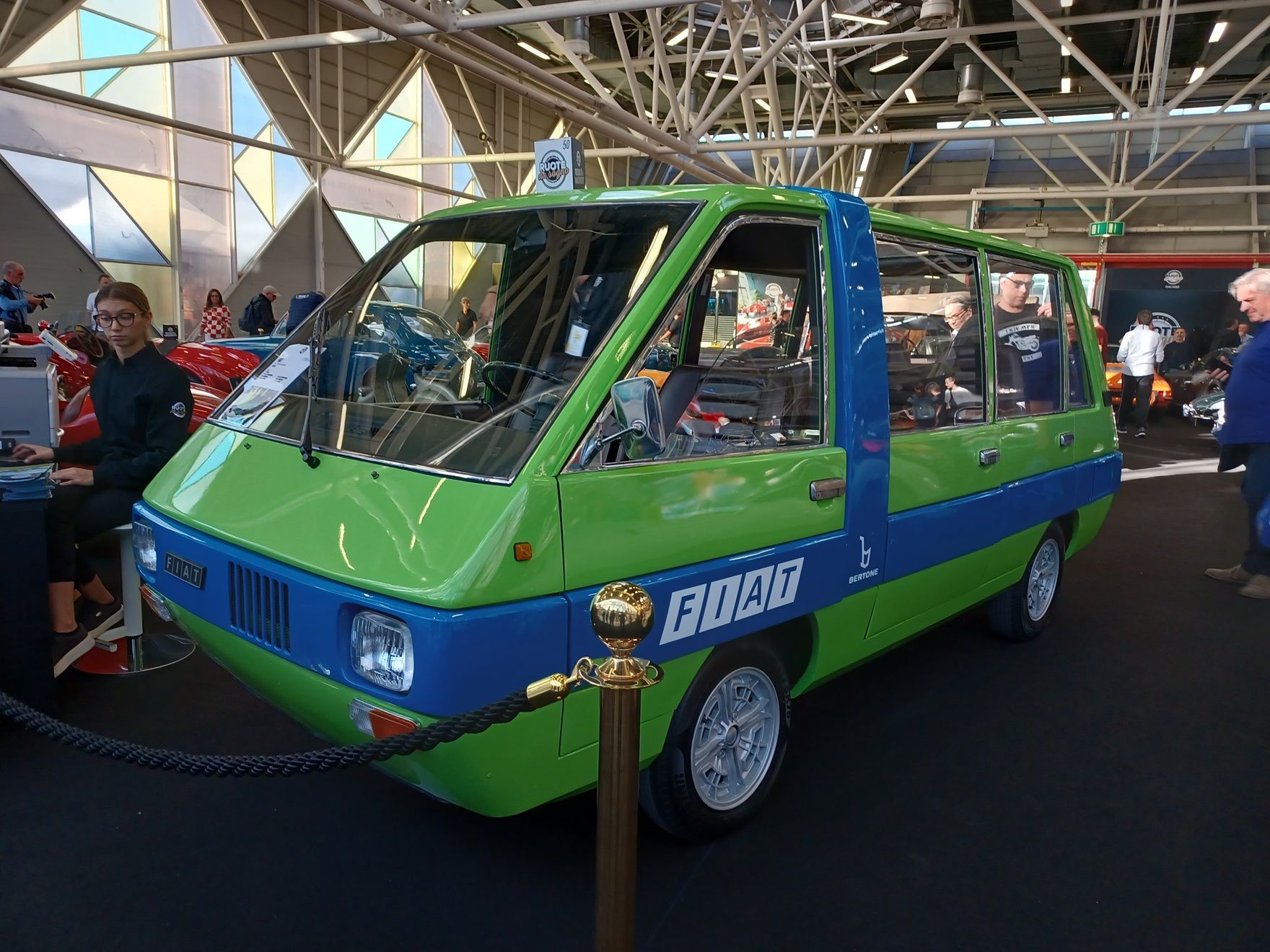
Some of the other cars that caught my eye included the Bugatti Type 251 F1 racing machine from the 1956, which had been developed by Italian genius Gioachino Colombo, but which was extremely troublesome, and its failure may have contributed to the collapse of the original Bugatti company around then. It’s a car that belongs to the extraordinary Musée National de l’Automobile collection Schlumpf, the French national car museum at Mulhouse, which has more than 130 Bugattis in its collection of 700-plus cars.
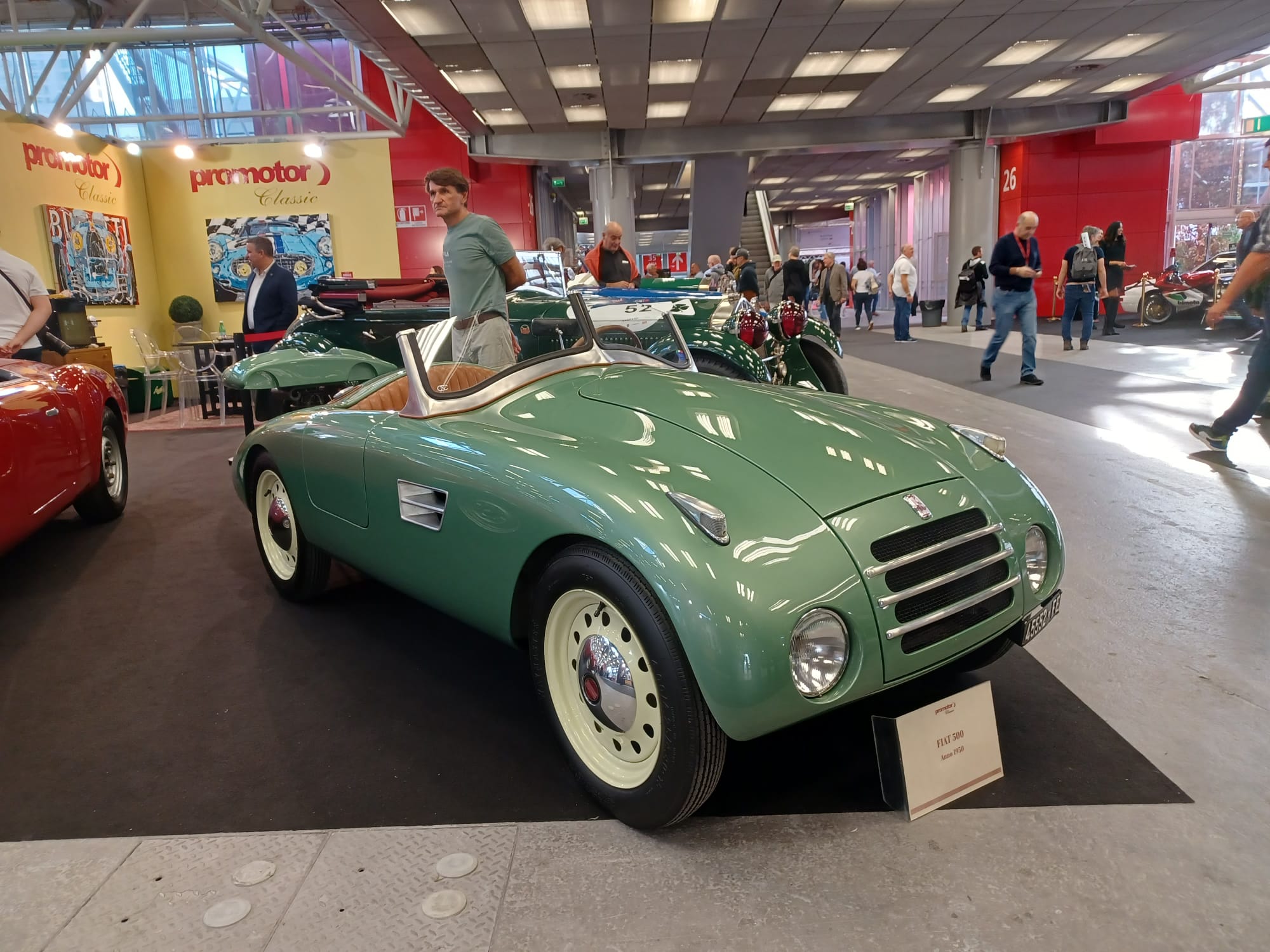

The Louwman Museum, from The Hague, sent two of Italian racing star (and engineer) Piero Taruffi’s record breaking cars, the Tarf 1 and the Tarf 2, both of which are these distinctive twin-fuselage bolides, one powered by a 492cc Gilera twin, the other with a 2-litre four-cylinder engine. Autoworld at Brussels sent a very rare Belgian car, the Nagant Six Type 137, from 1928.
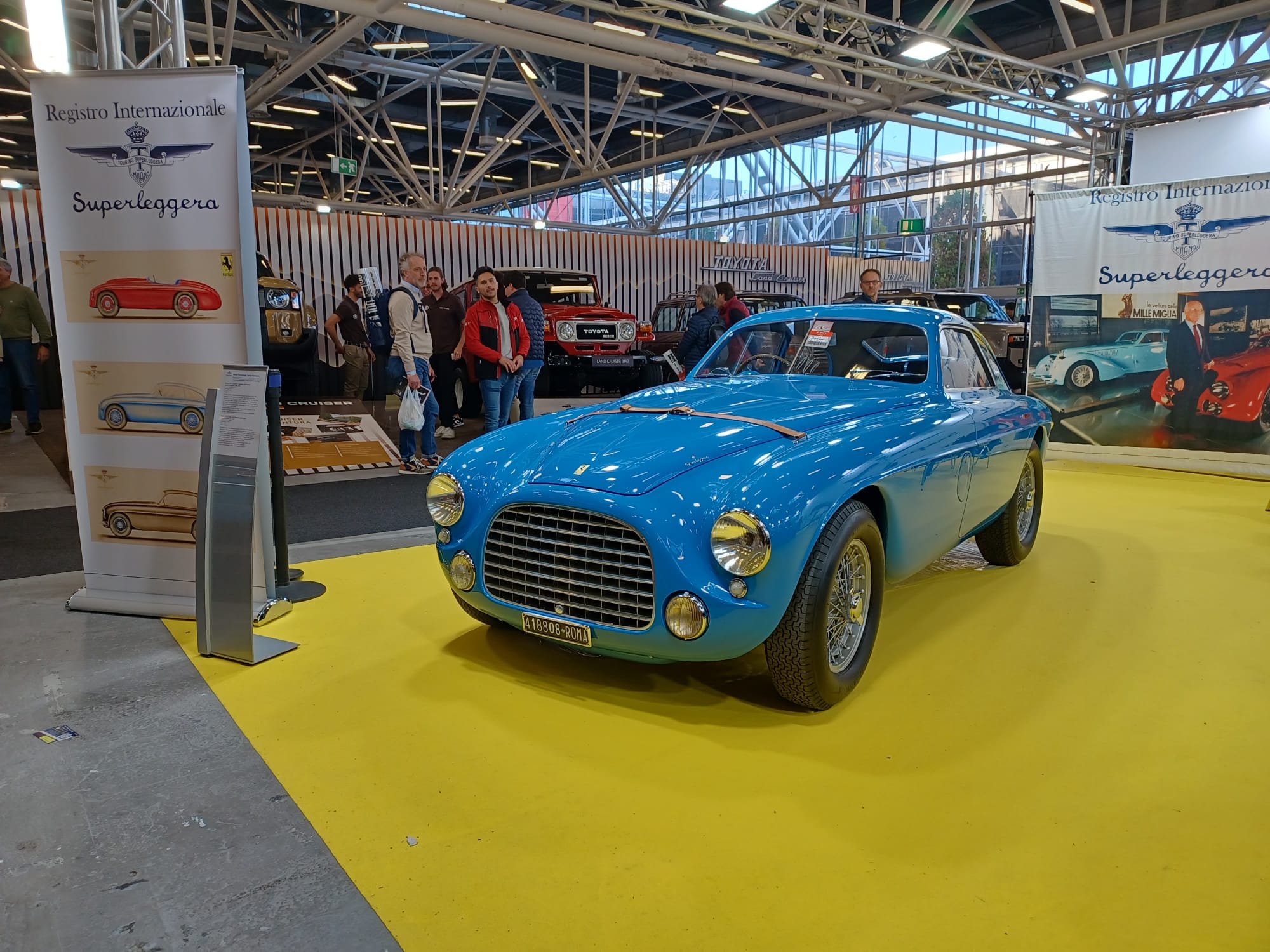
Some of the other fascinating bolides included the prototype Fiat X1/9 Abarth, which scored three brilliant victories at the Rallye des Alpes Orientales, the Rallye 100 000 Trabucchi and the Coppa Liburna, as well as another Marcello Gandini designed vehicle, the Fiat Visitors Bus, of which a handful had been constructed, and which was used by Giovanni Agnelli to show visitors around the Fiat factory.
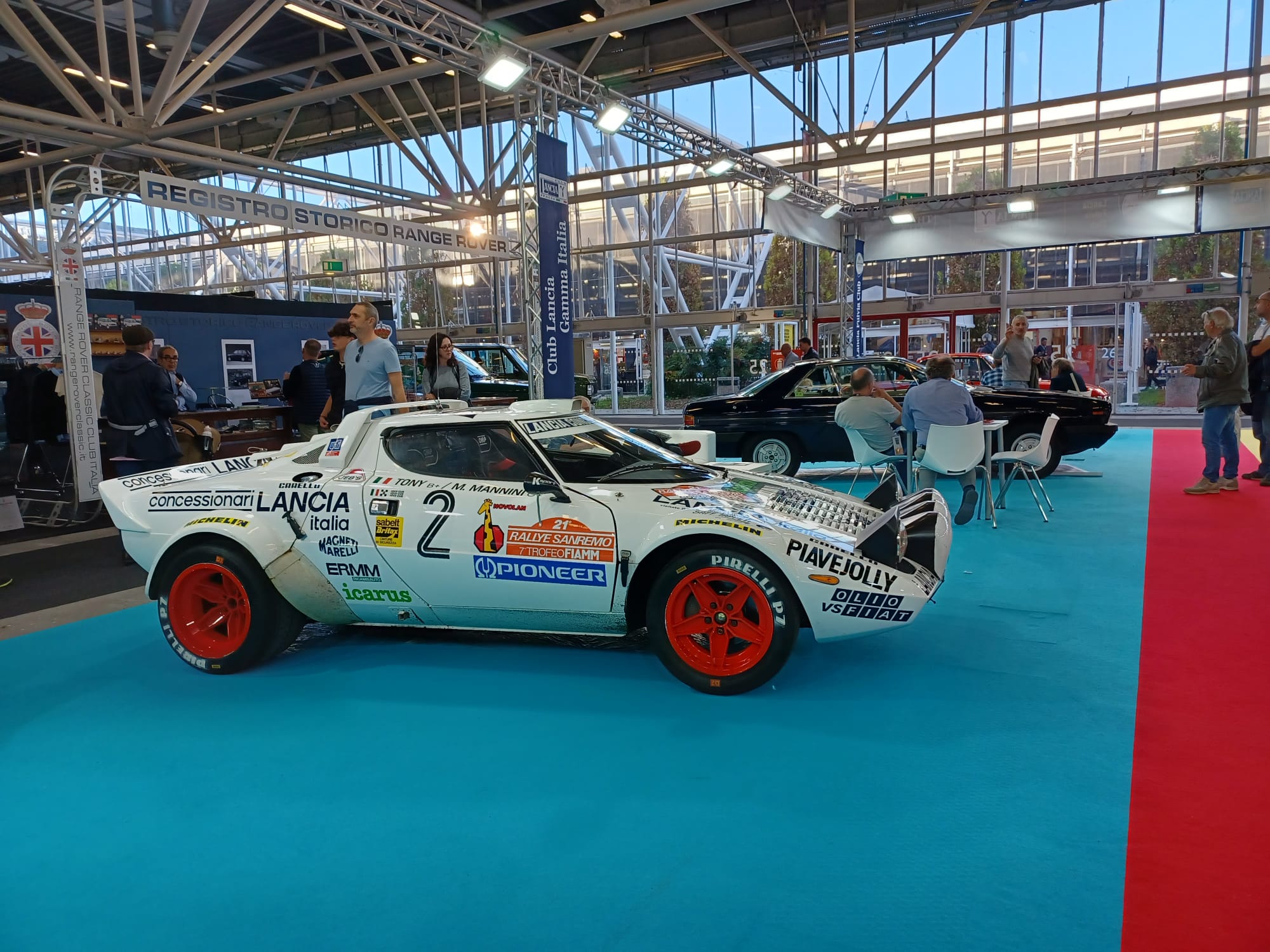

Beyond these there were a bunch of Fiat-based specials and one-offs, several of which were based on the mechanicals of the Fiat 1100 Millecento, the car that we are familiar with in India. And then there was a whole bunch of Alfa Romeos and Lancias of all kinds, as well as the ‘etceterinis’, the lesser-known Italian marques such as Stanguellini, Moretti, Giannini, Abarth and Francis Lombardi, amongst many others.
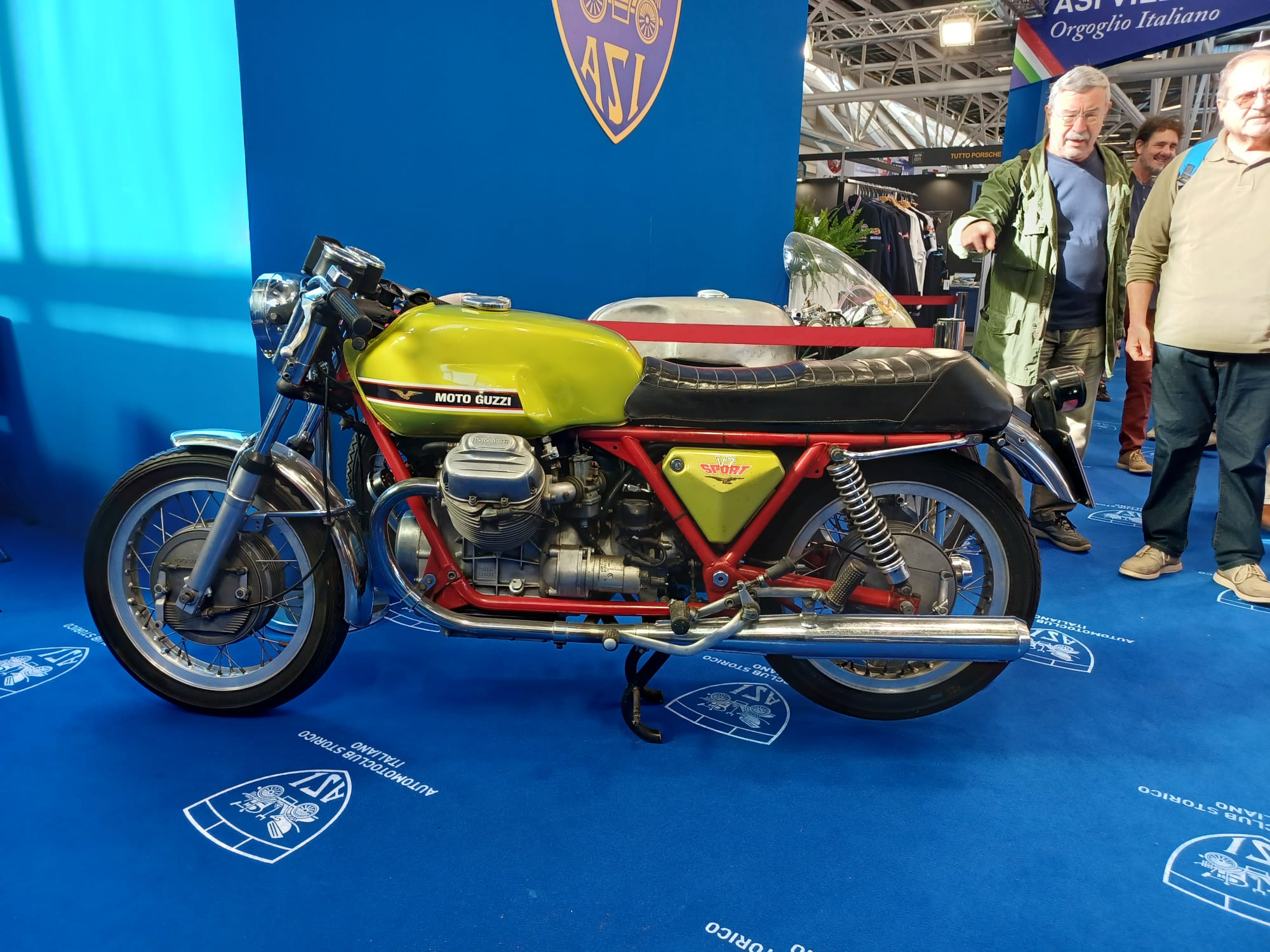
The main reason for me to be there was to be part of the ceremony to induct three of the most famous Italian automotive legends into the FIVA Heritage Hall of Fame, namely the late Nuccio Bertone (represented by one of her daughters Barbara, as Marie Jeanne couldn’t make it), as well as design and engineering legends Ercole Spada and Giampaolo Dallara.
While all three were known to me—in fact, I had brought across Ercole Spada twice to India for events, and there was a plan to do so with Giampaolo Dallara, but then health issues precluded that—it was a very important event where I was able to see three of my childhood heroes inducted into a concept that I had helped establish.

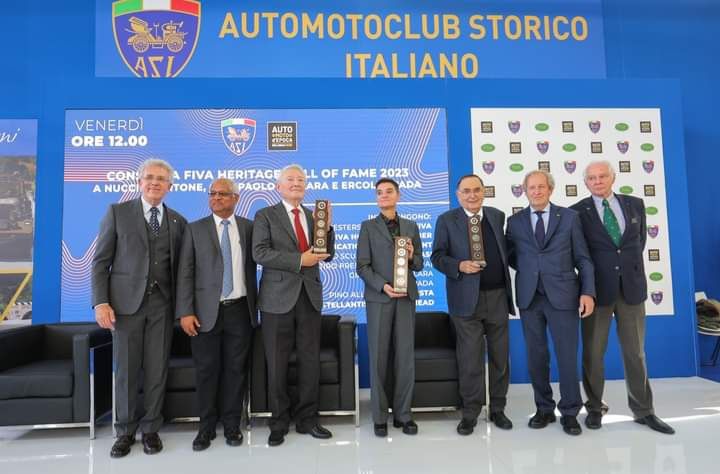
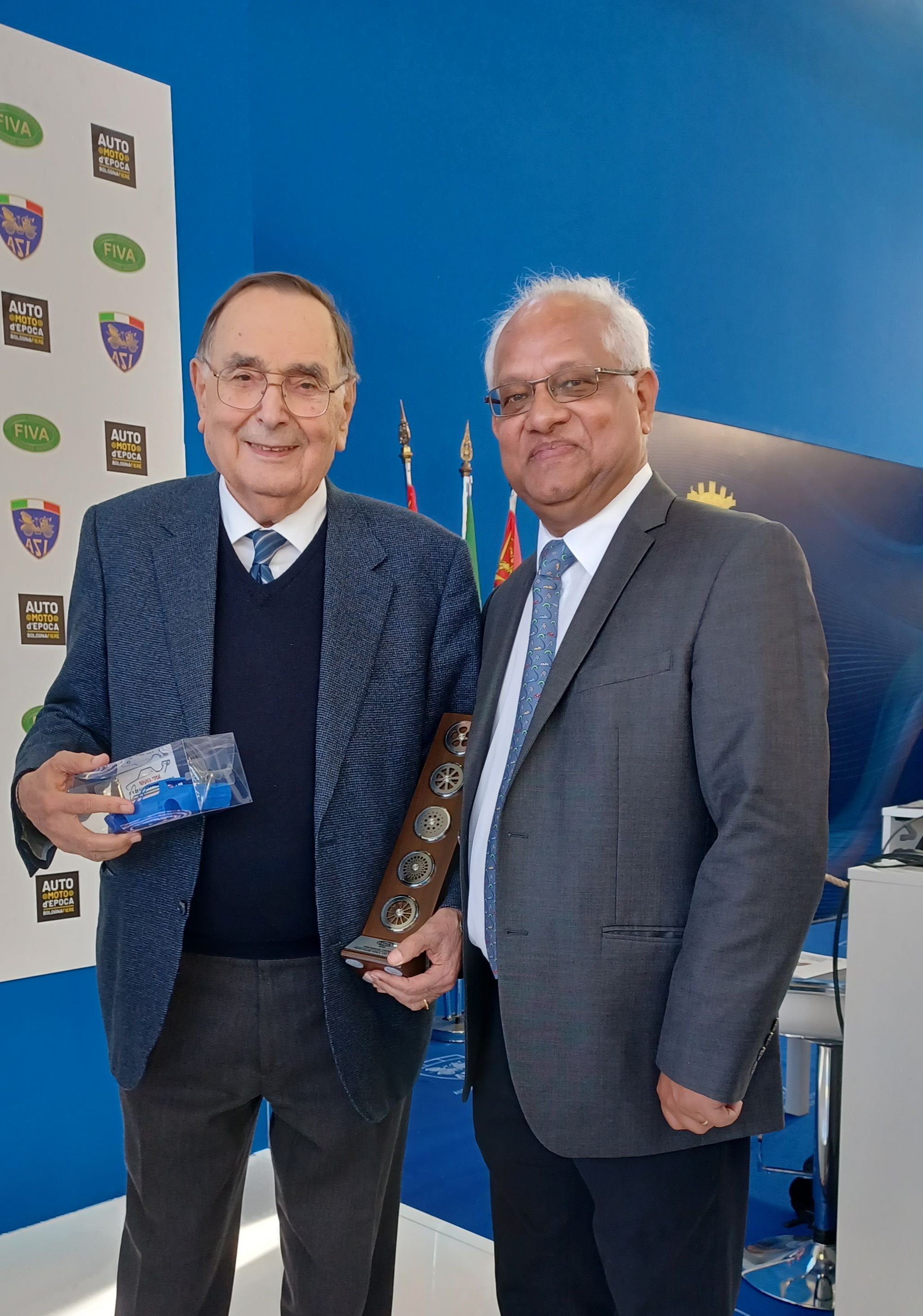
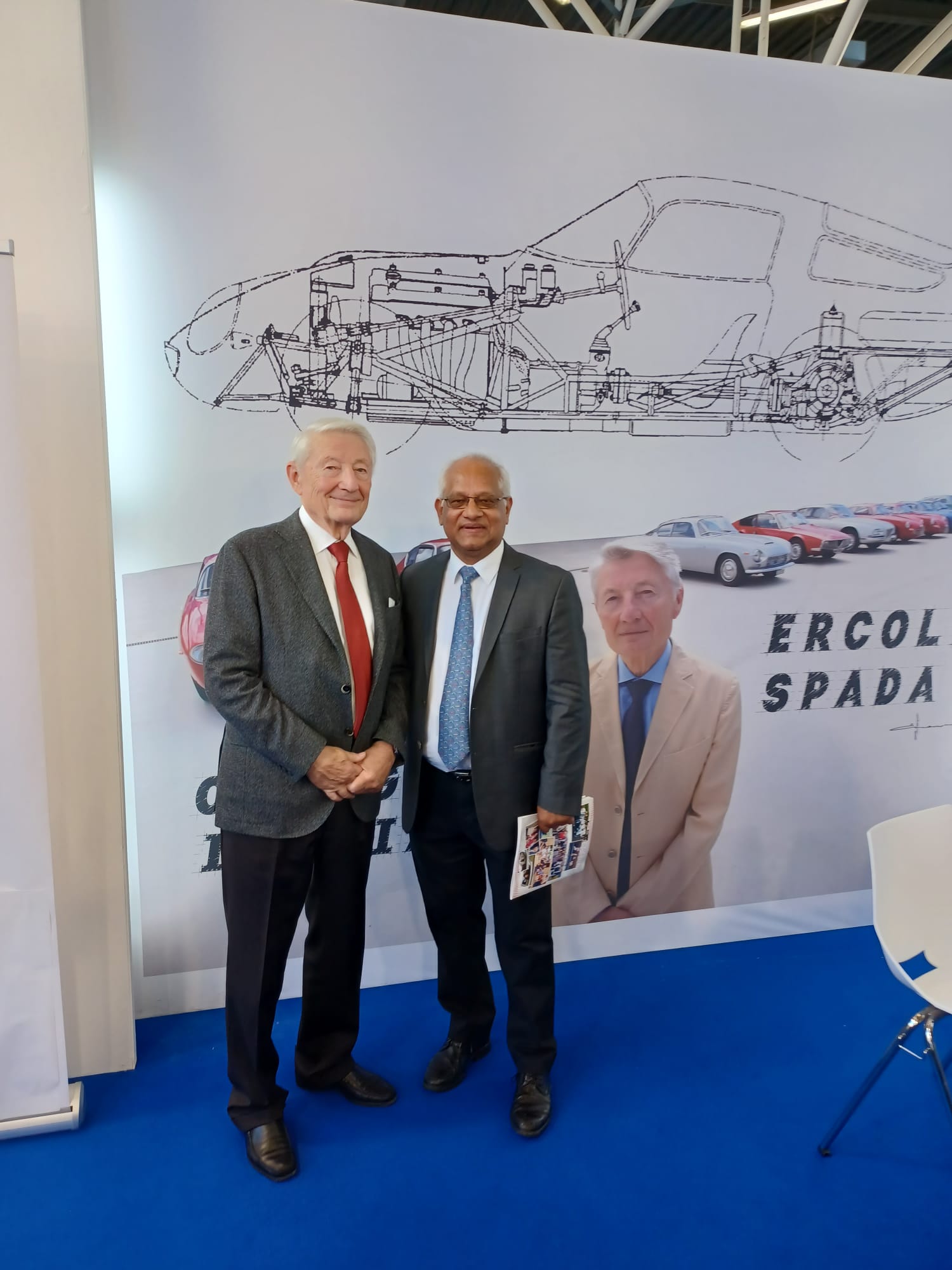
Organised by FIVA's Italian federation, Automotoclub Storico Italiano, and its team led by President Alberto Scuro and communication head Luca Gastaldi, the three were feted with the presence of Spada and Dallara themselves in person, and by Barbara, the daughter of Bertone. FIVA’s current and past presidents Tiddo Bresters and Patrick Rollet were also there to hand over the ‘made in India’ trophies.
Comments
Sign in or become a deRivaz & Ives member to join the conversation.
Just enter your email below to get a log in link.
